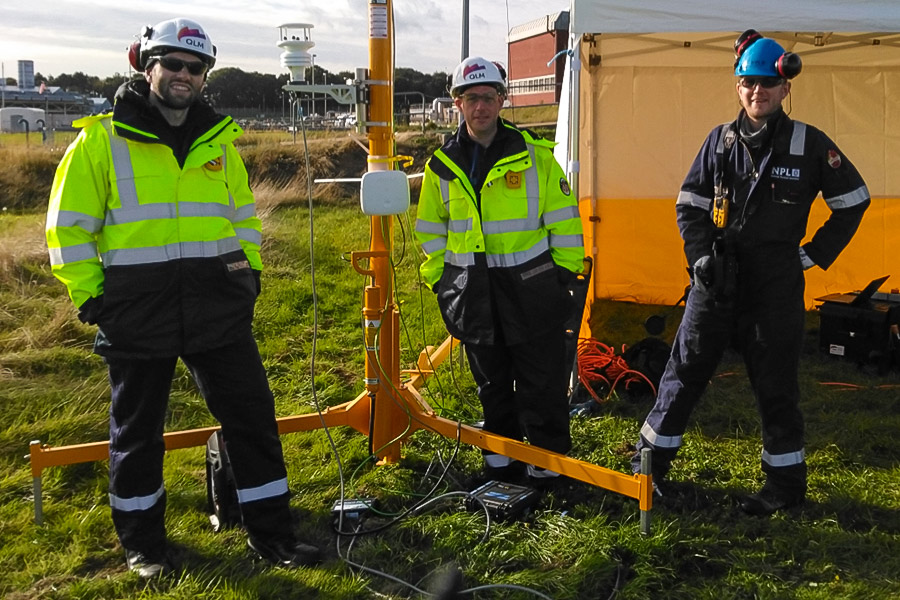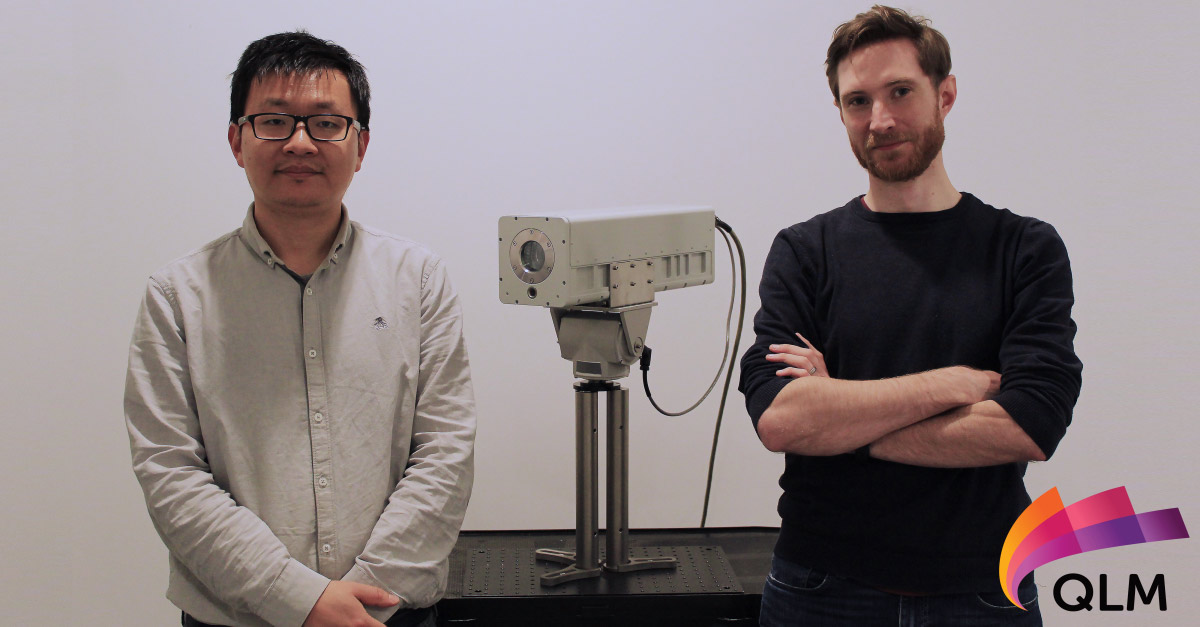On the eve of COP26, QLM carried out the first trial of the quantum gas camera at a real-world site, hosted by SPLICE Project industrial partners National Grid Gas and supported by the National Physical Laboratory.

The trial of the camera in a fixed emplacement at NGG’s Bacton terminal focused on surveying for leaks and quantifying emissions on a portion of the NGG site, while NPL carried out traditional walkover leak survey using industry standard methods of OGI and handheld ‘sniffers’.
COP26 highlighted the need for more effective, comprehensive methods of emissions monitoring if the 1.5 °C target of the Paris Agreement was to be met, so the comparison between QLM’s continuous monitoring and the traditional snapshot-in-time study were of particular interest to NGG’s decarbonisation plans.
The trial was highly successful for QLM, identifying and quantifying emission sources from assets confirmed to be leaking by NPL, as well as characterising highly temporally-resolved venting operations across the site, which took place at heights and over short durations that a walkover survey would not be able to catch and quantify. The trial also identified areas for the development of the next version of the camera, from automation and end-user flexibility points of view, which will lead to a continually improving product.
Simon Smith, Operations Representative, said:
“As an operational site we are always keen to review new technology and see how it can be implemented into a live environment and improve safety on site. As well as the environmental impact with fugitive emissions we can also see a use for the camera during maintenance activities. We isolate large areas of plant to allow for assets to be inspected. To facilitate this we need to vent quantities of gas and ensure the ball valves providing the isolation are not passing. By using the camera we have been able to identify valves that were passing that would have previously gone unnoticed. We would be able to use this technology to monitor open vents and ensure the leak rate does not increase during intrusive works.”
Matthew Williams, SHE Assurance Engineer, said:
“It was great to see the QLM camera operating in real-world gas transmission environment for detecting and quantifying fugitive emissions. We are always looking for new innovative technology to improve our identification of fugitive leaks. This type of technology gives us the ability to continually monitor and work to reduce our fugitive emissions.”

The trial took place under the Innovate UK-funded SPLICE project, and the results will be published as a report once comparisons between the methods are made and the results are fully analysed. QLM are immensely grateful to NGG for hosting and supporting the trial, and to NPL for providing crucial industrial validation of the quantum single photon detection technology by comparison with existing methods.
